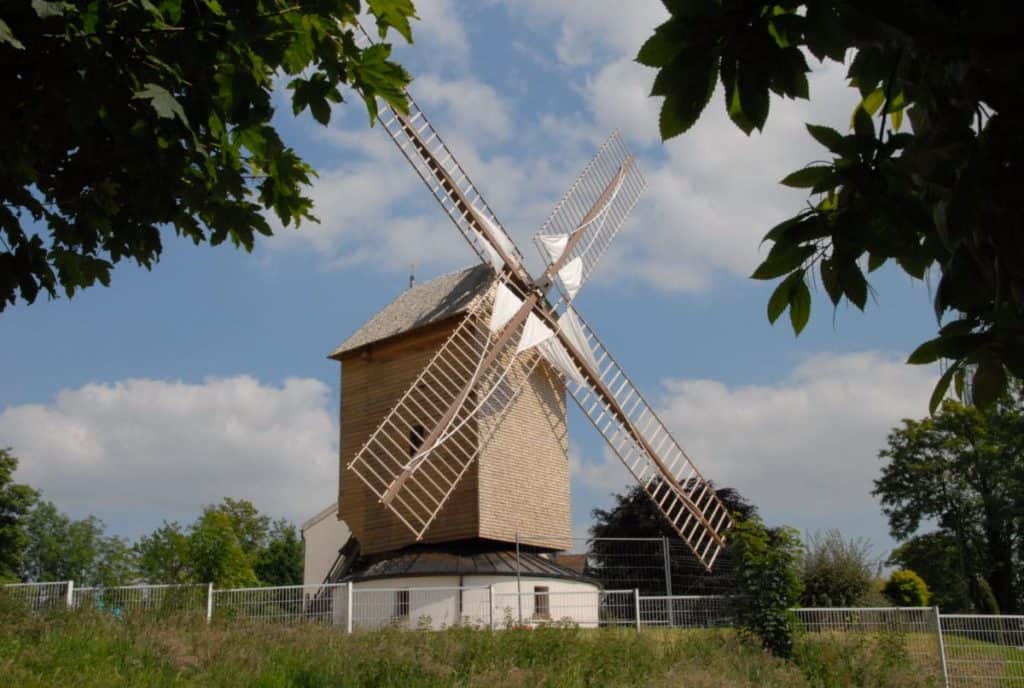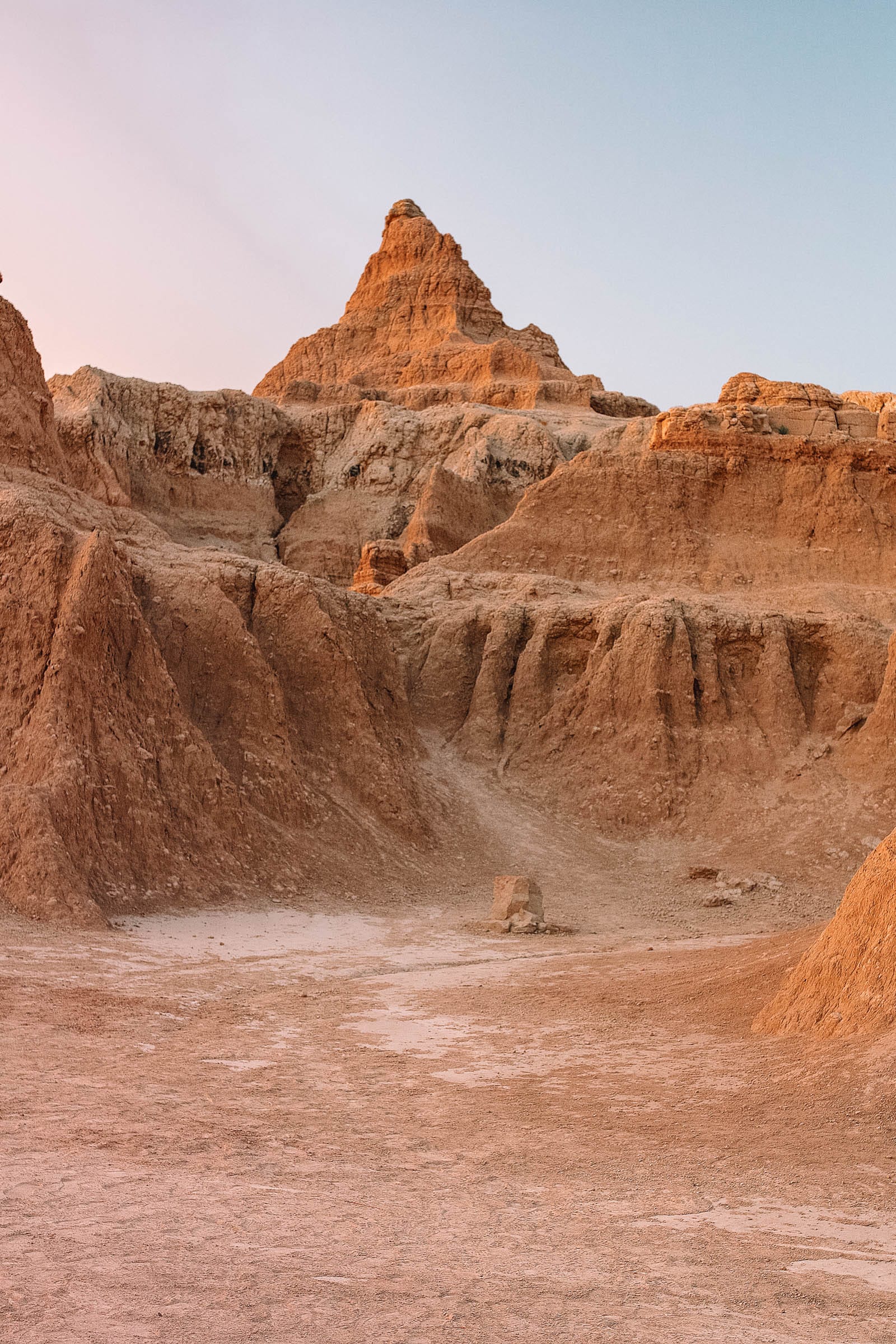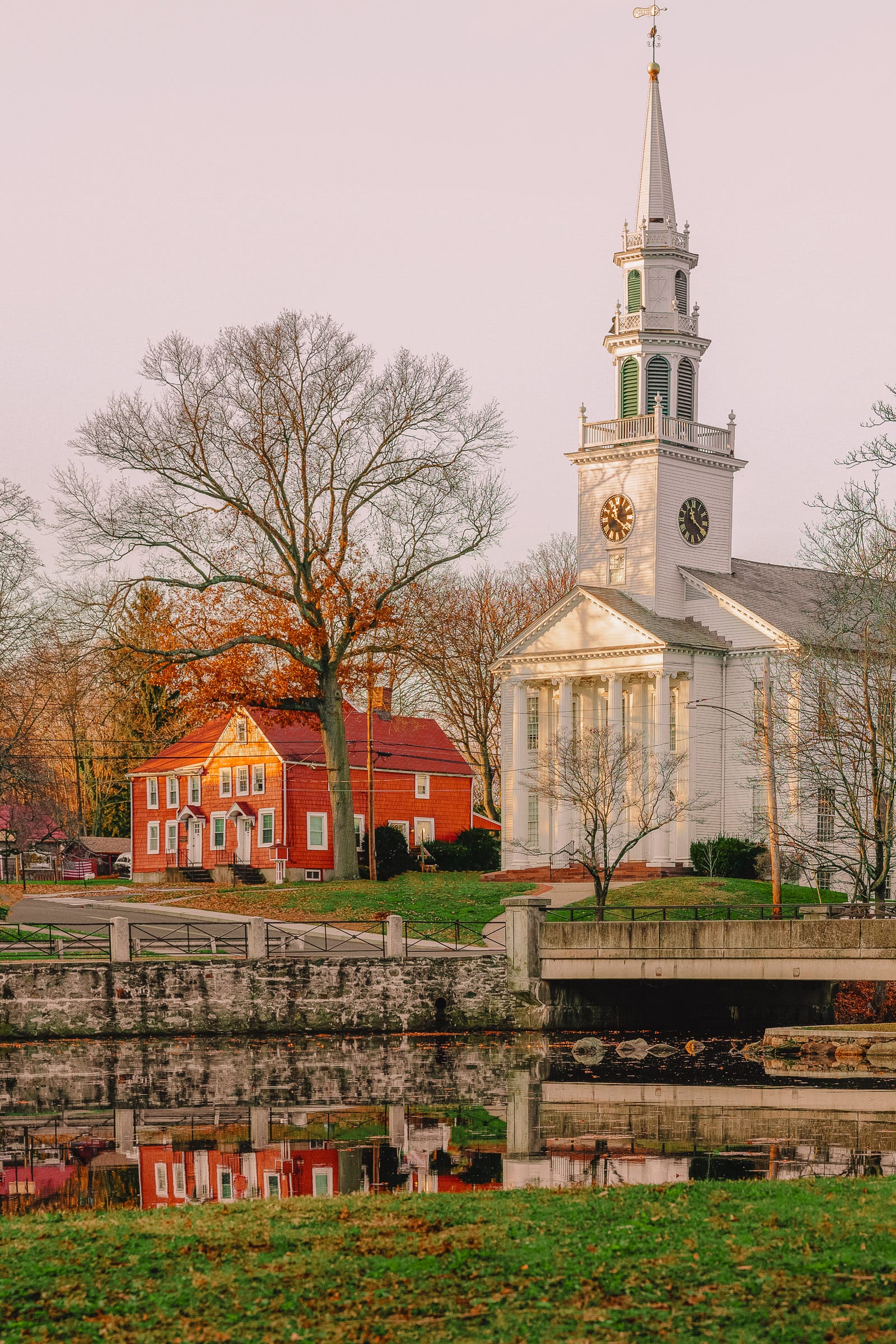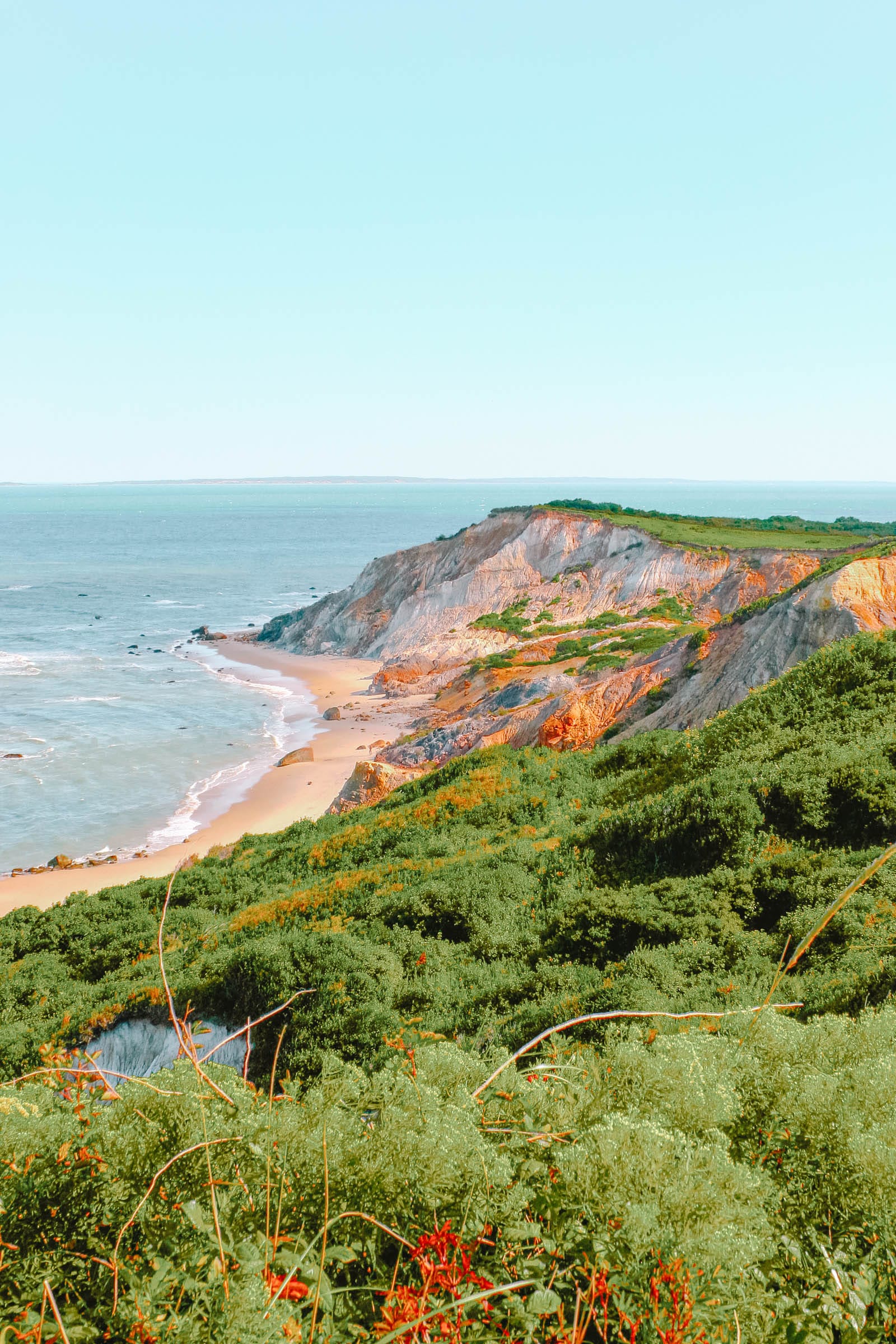Summary
- Musée des Arts et Traditions Populaires
- Club des Espérances
- Moulin de Sannois
- Musée Jean-Jacques-Rousseau
- Basilique de Saint-Denis
- Stade de France
- Axe Majeur
- Château de Maisons
- Forêt de Saint-Germain-en-Laye
- Musée Tavet-Delacour
- Musée Camille Pissarro
- Auvers-sur-Oise
- Paris Sights
- Paris Culture
- Paris Must-Dos
Ermont serves as a suburban area located to the northwest of Paris. Despite its distance from the capital, it is merely a 10-minute journey to Saint-Denis and 15 minutes to Gare du Nord via public transportation.
This locale offers the unique opportunity to explore a region that remains largely undiscovered by tourists.
During the 19th century, the Seine and Oise rivers attracted a multitude of Impressionists, and nearby is Auvers-sur-Oise, where van Gogh spent his final months.
Ermont features various small, specialized museums, a former royal hunting ground, and an exquisite château that redefined architectural standards in the 17th century.
Let us delve into the most notable attractions in Ermont:
1. Musée des Arts et Traditions Populaires

Ermont experienced significant population growth when new housing was developed in the 1950s.
However, the area has a rich history as a modest wine and agricultural village, a heritage preserved at this museum, which was inaugurated in 1997. It showcases an array of tools dating back to antiquity, including a harrow, plough, threshing board, gin, and forge.
Visitors can explore traditional crafts such as blacksmithing, viticulture, cooperage, and woodcutting.
Alongside the artifacts, archival footage illustrates the functions of these tools, showcasing techniques that have been lost over time.
2. Club des Espérances

As of 2017, this site is unoccupied.
While it may seem unconventional to highlight this location as a destination, it holds historical significance.
The Club des Espérances functioned as a youth club designed in the 1960s by engineer, designer, and self-taught architect Jean Prouvé.
Prouvé’s contributions are highly regarded, with original designs of his chairs fetching significant sums today; at the time, renowned architect Le Corbusier admired his work as well.
In 2010, when the council proposed demolishing this distinctive pair of half-cylindrical buildings, architects succeeded in designating it as the only “historic monument” in Ermont, thereby ensuring its protection.
If you are a photography enthusiast, this venue offers compelling visual opportunities.
3. Moulin de Sannois

Only minutes away by car from Ermont, this distinctive historical monument dates back to 1759. The Moulin de Sannois is the largest windmill of its type in Île-de-France and operated until 1866. As we will see later, the regions northwest of Paris were home to numerous artists during the early 20th century, with Maurice Utrillo capturing this particular windmill in 1912. Visitors can access the mill on the first Sunday of each month.
Adjacent to the mill, a chestnut forest features an “Ecopark,” providing a tree-top adventure center with six suspended courses tailored for various age groups.
4. Musée Jean-Jacques-Rousseau

Travel a few minutes eastward to Montmorency to find a charming residence where 18th-century polymath Rousseau resided for six years.
He arrived here after escaping the “noise, smoke, and mud” of Paris for a more tranquil setting.
During his stay, Rousseau authored the epistolary novel Julie, or the New Heloise, and Emile, or On Education, the latter of which is recognized as one of the Enlightenment’s most influential writings.
Visitors can explore the modest study in the garden where these works were penned, while the Maison des Commères delves into Rousseau’s daily life in Montmorency.
The residence also hosts temporary exhibitions about Rousseau and the 18th century.
5. Basilique de Saint-Denis

Situated north of Paris, the suburb of Saint-Denis may have its challenges, yet it is home to an essential site: The Basilica of Saint Denis, the final resting place for nearly all of France’s monarchs, making it a vital visit for anyone intrigued by French history.
The grandeur of many tombs is remarkable, and the monarchs are accompanied by numerous nobles, including queens, princesses, princes, and dukes spanning centuries.
Besides the historically significant figures interred at Saint-Denis, the architectural merit of the basilica is equally noteworthy.
Constructed in 1144, the choir represents the first complete example of Gothic architecture, establishing a precedent for cathedrals throughout Northern France.
6. Stade de France

Should you successfully navigate the traffic, you will find yourself just 15 minutes away from the heart of French sports.
Completed in 1998, this stadium serves as the home ground for the French national football and rugby teams.
Notably, France celebrated its World Cup victory here in 1998. You might choose to attend a sporting event or concert hosted at this venue during the summer months.
Alternatively, you may wish to experience the atmosphere at the largest sports arena in the nation by participating in a behind-the-scenes tour.
This tour offers insights into the innovative construction methods employed (the high-tech roof alone incurred costs exceeding €45 million) and anecdotes regarding the stars who have performed on this historic turf.
7. Axe Majeur

As you explore architectural innovations, the nearby suburb of Cergy showcases a range of avant-garde structures from the 1970s and 1980s.
This is epitomized by sculptor Dani Karavan’s Axe Majeur, conceptualized in 1980 and completed in 2005. Its extensive scale explains the lengthy timeline for its completion: it comprises a 3.2-kilometre line of monuments that descends from Cergy’s hill and crosses the Oise River.
There are 12 “stations,” each symbolizing a unique aspect of Cergy’s history, such as the riverbanks immortalized by Impressionists like Pissarro and van Gogh.
One station, the Esplanade de Paris, offers panoramic views of the capital from its elevated position above the river.
8. Château de Maisons

Located across the Seine, the Château de Maisons was designed by the remarkable 17th-century architect François Mansart.
He is recognized for leading the Baroque movement in France, and the Château de Maisons is widely regarded as a quintessential representation of this architectural style.
Commissioned by René de Longueil, the Superintendent of Finance, the château was celebrated from its completion for its groundbreaking elegance and beauty.
Visitors will be awed by the lavish interior renovations executed in the 18th century by the Comte d’Artois, Louis XVI’s brother.
9. Forêt de Saint-Germain-en-Laye

The Château de Maisons lies on the eastern edge of this expansive 35-square-kilometer forest, which encompasses nearly an entire bend of the Seine.
Historically, the Forêt de Saint-Germain-en-Laye was a royal hunting ground, now traversed by numerous paths that provide access to vast sections of oak and beech woodlands where kings like Louis XIV once hunted.
As you navigate through the forest, you will encounter stunning monuments such as the Château du Val, built for Louis XIV in 1675, and the elegant hunting lodge Pavillon de la Muette for Louis XV.
10. Musée Tavet-Delacour

Approximately 15 minutes away in the suburb of Pontoise, this compact yet significant museum resides in an exquisite 15th-century Gothic mansion.
Within, visitors can discover Pontoise’s historical collections, which feature a selection of 20th-century art alongside intriguing artifacts relating to the French monarchy.
The art exhibition includes works by Arp, Matisse, Signac, and Legros, as well as Otto Freundlich, a pioneer of abstraction in the early 20th century.
For those interested in history, the museum also offers medieval sculpture and manuscripts from the 18th century.
11. Musée Camille Pissarro

Located in Pontoise, this museum commemorates a period when the western suburbs were the residences of the Impressionists and Post-Impressionists who depicted the Oise and Seine rivers in their works.
Pissarro chose Pontoise as his home for 17 years, while van Gogh and Cézanne settled upriver in Auvers, as will be noted shortly.
Despite its namesake, the museum houses only one work by Pissarro, titled Barges à La Roche-Guyon from 1864. Nevertheless, it remains worthy of a visit due to its connection to Pontoise’s artistic heritage, along with pieces by Signac, Daubigny, Cézanne, and Guillaumin.
12. Auvers-sur-Oise

Located just ten kilometers north of Ermont lies Auvers-sur-Oise, most famously associated with van Gogh’s death and final resting place.
However, this narrative only scratches the surface, as the Dutch artist invested considerable time painting the town.
Additionally, he was among many Impressionists and Post-Impressionists who frequented this locale, including notable artists such as Daubigny and Cézanne.
A guided tour allows visitors to compare van Gogh’s artwork with iconic sites that have remained largely unchanged over the last 130 years.
The Château d’Auvers features an art interpretation center, presenting rooms and scenes adorned with late 19th-century decor, accompanied by projections of celebrated artworks from that era.
13. Paris Sights

From Ermont, one can swiftly access Paris via the Transilien or RER C commuter trains, reaching the city in no time.
For first-time visitors, well-known landmarks provide ample guidance on must-see attractions.
To refresh your memory, iconic sites include the Seine, its book markets, Notre-Dame Cathedral, the Eiffel Tower, the Arc de Triomphe, the modern Pompidou Centre, and countless parks and neighborhoods, each with unique characteristics.
Visitors can walk in the footsteps of artists in Montmartre and literary figures such as Gertrude Stein, Camus, and Hemingway in the Latin Quarter.
14. Paris Culture

It is no exaggeration to assert that nearly all preferences are well catered to within Paris.
For those seeking high culture, the Palais Garnier offers performances of ballet and opera.
Conversely, if you favor live music across diverse genres, the city teems with exceptional venues, particularly around the 10th Arrondissement.
The extensive array of museums begins with world-renowned institutions such as the Louvre, Musée d’Orsay, and Musée de l’Orangerie.
History enthusiasts will find value in the Musée National du Moyen Âge or the Petit Palais, while scientific minds may explore the Cité des Sciences et de l’Industrie or the Palais de la Découverte and Musée des Arts et Métiers.
Contemporary art aficionados can select from the Musée National d’Art Moderne located in the Pompidou Centre and the new Fondation Louis Vuitton.
15. Paris Must-Dos

Following your exploration, there are several essential experiences to undertake before your departure.
In the 2nd Arrondissement, you can wander through the Passages Couverts, elegant 19th-century shopping galleries with remarkable metal and glass roofs.
Additionally, you may wish to pay a visit to the city’s deceased at Père Lachaise Cemetery, Montmartre Cemetery, or the repository of anonymous bones within the Catacombs.
Moreover, we have yet to mention the culinary delights awaiting you, whether in a cafe for a croque-monsieur, a brasserie for escargots, or an esteemed fine dining establishment such as Roger la Grenouille or Lasserre.




